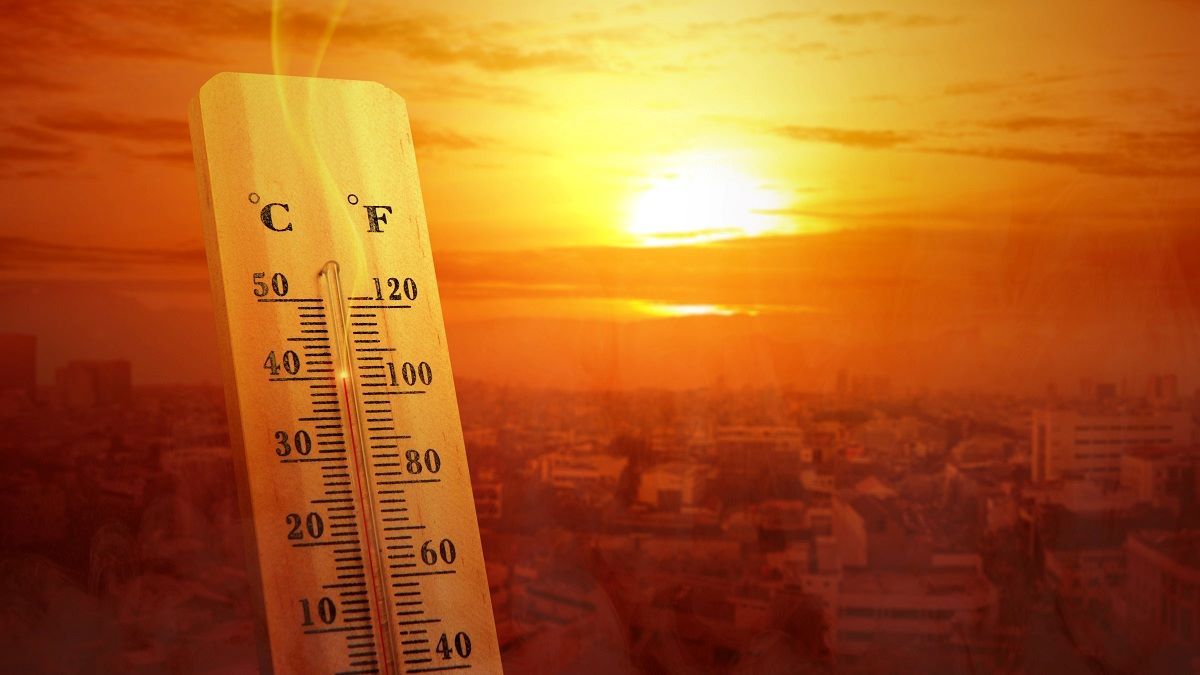
"The urban heat island effect results from concrete, steel, and asphalt absorbing heat in cities, which can increase urban air temperatures by up to 7 degrees compared to rural areas."
"In the U.S., 297 deaths were reported in 2024 due to extreme heat, significantly lower than the average of 702 deaths from heat-related illnesses per year over the past decade."
"Homeowners can combat the urban heat island effect by gardening, planting trees, and implementing lighter-colored roofs, which help lower surrounding temperatures."
"Trees and plants cool the air through transpiration, and strategically placed trees can provide shade, significantly reducing local temperatures in urban environments."
The urban heat island effect leads cities to become significantly warmer than rural areas due to heat-absorbing materials like concrete and asphalt. Urban air can be up to 7 degrees hotter than surrounding rural areas, contributing to health risks like heat-related illnesses and fatalities. Homeowners can mitigate their contribution to this effect by engaging in gardening, planting trees, and adopting greener roofing solutions, which lower ambient temperatures and reduce energy costs. Trees cool the environment through transpiration and provide shade when strategically placed.
Read at Earth911
Unable to calculate read time
Collection
[
|
...
]